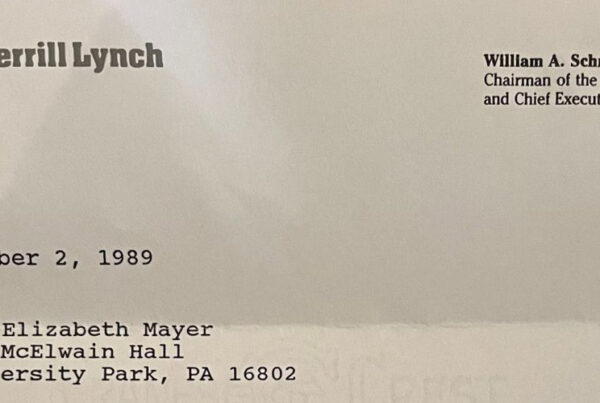
How do you ensure that you stand out from the competition? Simplify your words, concepts, phrases, diagrams, everything!
Americans especially, have such short attention spans–verrryyy short. We are bombarded with hundreds of messages every day vying for our emotional and financial wallets. Messages come from multiple sources. Examples include friends, co-workers, sales professionals, billboards, television, magazines, radio, direct mail, email, and more.
BETWEEN THE 6TH AND 8TH GRADE
Most mainstream magazines and newspapers write between the 6th and 8th grade levels to cut through the clutter of noise. The New York Times writes to the 10th grade level (I know, I called).
Quick Back Story on the NYT: I’m a big fan of talk radio. When I heard an author mention the New York Times newspaper has a rule that journalists must write at the 8th grade level, I had to check for myself. I called the NYT today and chatted briefly with a helpful woman in public affairs. She shared the NYT typical article is geared to the 10th grade level.
Throughout my career, I have always advocated for people to simplify–not dumb down just to do so. It is very easy to be technical–it is what you know and it is easy to write about what you know. Instead, grab your audience’s attention and keep them engaged with clear, quickly understood messages.
Unfortunately, too many people over complicate concepts with jargon and busy diagrams when in fact, they are actually trying to simplify things.
TWO FREE “SIMPLIFY” TOOLS
One of the easiest and most effective ways to simplify your words is to use the Flesch-Kincaid Readability tools. There are two, and they come bundled with Microsoft Word. At their core, they both measure word length and sentence length, and then use different weighting criteria to determine the scores. The two tools are:
- Flesch Reading Ease: Think of this evaluation tool as, how easy is it to read something? Do I understand it at first pass? Do I need to re-read a phrase or sentence? We suggest keeping the Reading Ease score above 50, which is college to high school level. As the number approaches zero, the words and sentences become increasingly difficult to understand.
- Flesch-Kincaid Grade Level: Think of this evaluation tool as, what grade level does my audience need to have graduated from, to readily understand me? Referring back to the example at the beginning with the NYT, we suggest keeping your score at or below the 10th grade. We have found that the 10th grade is an excellent grade level for common workplace communication between colleagues, partners, customers, prospects, employees, etc.
Always keep in mind your audience and your goals when using the tools. Run them on your documents and your emails in Microsoft Word. You will be surprised by the results. Examine closely the text receiving a score outside the recommended values.
Reduce jargon and acronyms. Replace ten dollar words with fifty cent words. Chop long sentences into short ones. Run the tool again. Now, you will be pleasantly surprised at how easy and straightforward the process is to create more memorable messages.
SETUP IN MICROSOFT WORD (3 MINUTES OR LESS)
Instructions for turning on the readability statistics in Microsoft Office: “Test Your document’s readability.” Overall, it should take fewer than three minutes to set everything up.
We suggest checking off as many of the boxes as you are comfortable with to ensure you have the maximum checks on your grammar and words. Be sure to select “Grammar & More” under Writing Style. Then click on the various boxes for more than 55 areas in five categories of 1) Grammar, Clarity and Conciseness; 2) Inclusive Language; 3) Vocabulary Choice; 4) Formal Language, and 5) Punctuation Conventions.
Here is just a sample of the many areas you can check for:
- Missing commas
- Commonly confused words
- Clichés
- Gender-specific language
- Complex words
- Jargon
- Sentence Structure
FURTHER READING
- Always Simplify Your Communication, Even if it is Rocket Science – The Saga with Pluto’s Name (read)
- Leave Your “But” Behind – Strengthen Your Communication (read)
- Figures of Speech articles (e.g., Anaphora, Anadiplosis, Epizeuxis, Epanalepsis, and Onomatopoeia)
- Avoid the Word “Anxious” (read)
- The Wilted Spinach Test – Do Your Content and Messages Relate and Resonate? (read)
Photography Source: DepositPhotos
#chiefstoryteller #communication #executivecommunication #language #marketing #internalcommunication #storytellingforinternalcommunication



